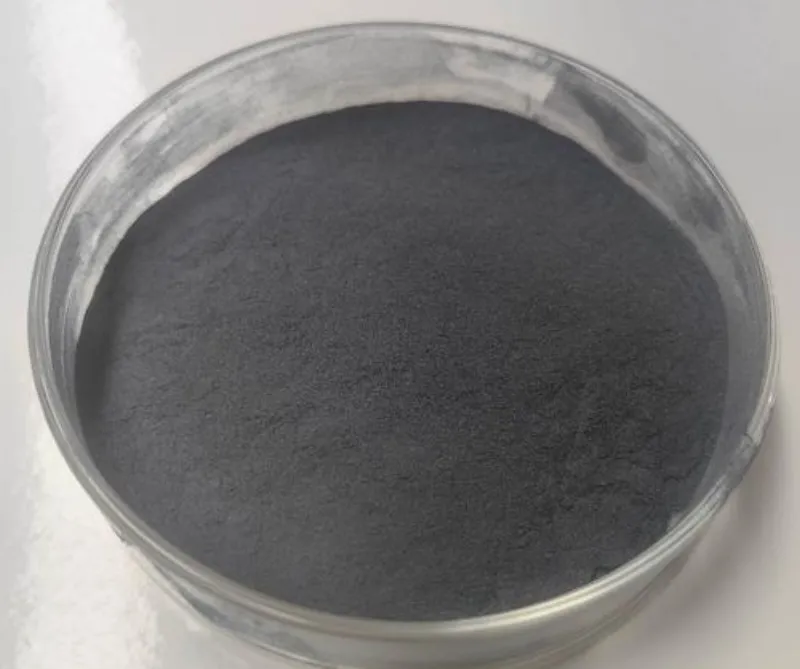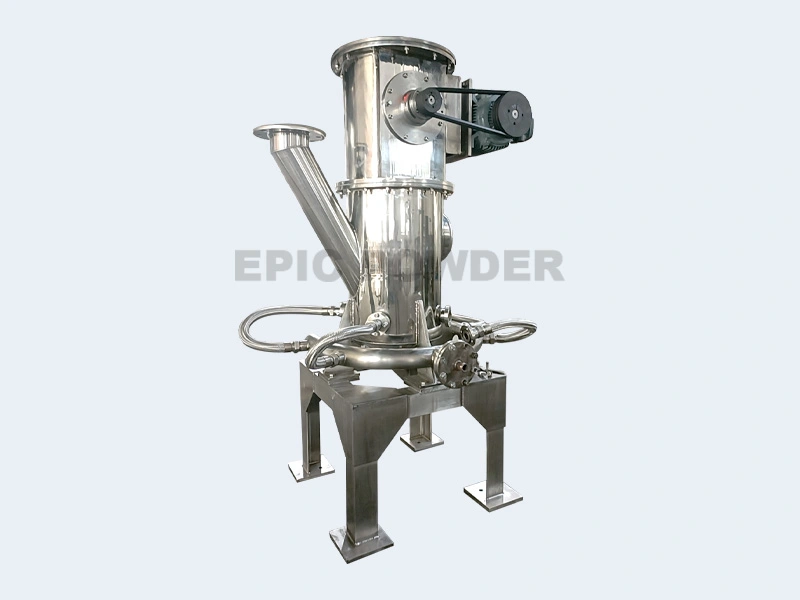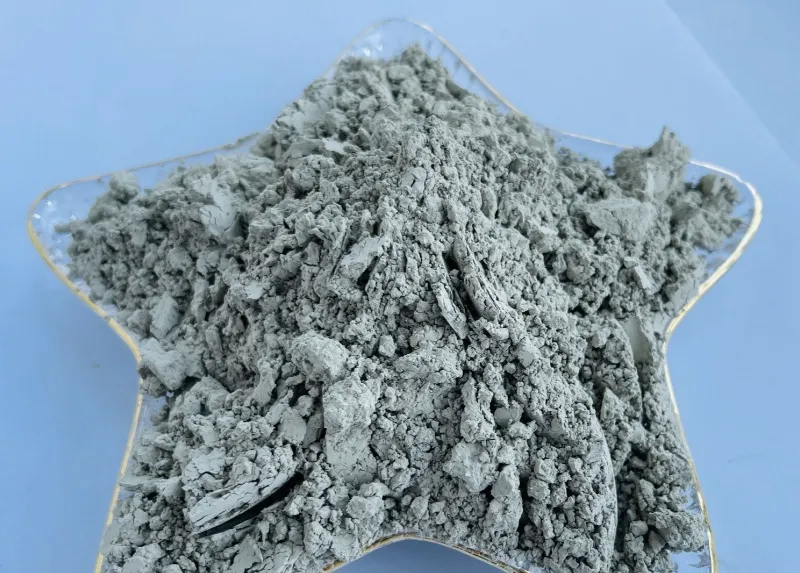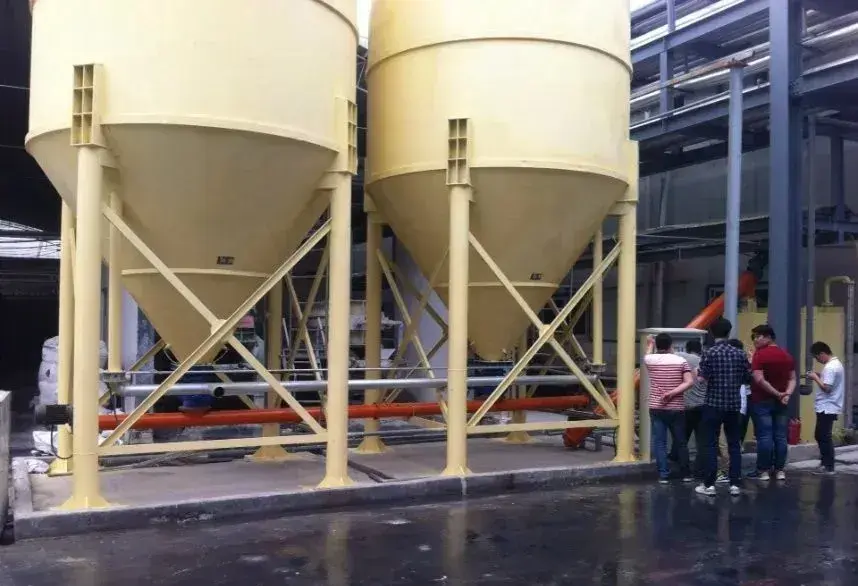Silicon carbide (SiC) features high hardness, excellent corrosion resistance, high-temperature resistance, and oxidation resistance. It is widely used in metallurgy, aerospace, catalyst carriers, engineering ceramics, abrasives, and mechanical engineering. Its extreme hardness plays an important role in the electronic information industry, such as in chip cutting. High-purity, ultrafine, uniform, and agglomeration-free silicon carbide powder is the key prerequisite for manufacturing high-performance SiC products.
SiC preparation methods can be classified into solid-phase, liquid-phase, and gas-phase routes, based on the physical and chemical states of the starting materials.

Solid-Phase Methods
Carbothermal Reduction Method
The carbothermal reduction method essentially produces carbides or metals by reducing metal oxides with carbon at high temperatures. Early processes simply mixed quartz with carbon black, resulting in long reaction times and excessively high reaction temperatures.
Mechanical Milling Method
The mechanical milling method uses mechanical force to expand internal defects in powder particles. External forces break the intermolecular bonds inside the material, splitting it to create new interfaces. Typically, the raw material undergoes high-energy milling, where larger particles are fractured into smaller particles with higher specific surface areas after one impact. Combining impact, extrusion, shear, and grinding forces is an effective approach to producing silicon carbide micro powder.

Self-Propagating High-Temperature Synthesis (SHS)
Also known as combustion synthesis, SHS utilizes the intense exothermic heat of chemical reactions between reactants to achieve self-heating and self-propagation, producing the target material. It offers advantages such as energy savings, high efficiency, and low cost.
Liquid-Phase Methods
Polymer Pyrolysis Method
This method heats polymers such as polysilane, essentially releasing small monomers to form an Si–C backbone. There are two main routes:
- The precursor is heated, decomposing to release monomers, followed by carbothermal reduction to produce silicon carbide powder.
- The precursor is heated to release monomers, which first form the Si–C backbone, and eventually SiC powder. In this method, precursor synthesis is the critical step.
Sol–Gel Method
The sol–gel process is an important route to synthesize inorganic materials at low or ambient temperatures. High-reactivity compounds are used as precursors, and raw materials are uniformly mixed in the liquid phase. A series of chemical reactions produce a stable sol system. After aging, gel particles gradually polymerize into a three-dimensional structure. The gel is then dried and dehydrated to form sub-nanostructured materials.

Gas-Phase Method
Chemical Vapor Deposition (CVD)
In CVD, gaseous substances undergo chemical and transport reactions on a solid substrate, producing a solid precipitate layer.
Plasma-Induced Vapor Deposition
The principle of plasma vapor synthesis is based on the ionization of gas molecules under an electric field to form plasma. Plasma discharge is then used to activate the reaction gas. This process enables chemical vapor deposition.
Laser-Induced Chemical Vapor Deposition Method
The laser-induced chemical vapor deposition method is widely applied. It can produce high-purity SiC powder.
It also shows great potential in synthesizing various elements, inorganic compounds, and composite materials.
Epic powder
In the production of high-purity and ultrafine silicon carbide micro powder, precise grinding and classification are essential to achieve uniform particle size and avoid agglomeration. Epic Powder provides advanced grinding and classification systems, such as jet mills, air classifier mills, and mechanical milling solutions, enabling efficient particle refinement and consistent quality. These technologies help ensure SiC powders meet the strict requirements of high-performance ceramics, electronics, and advanced engineering applications.

